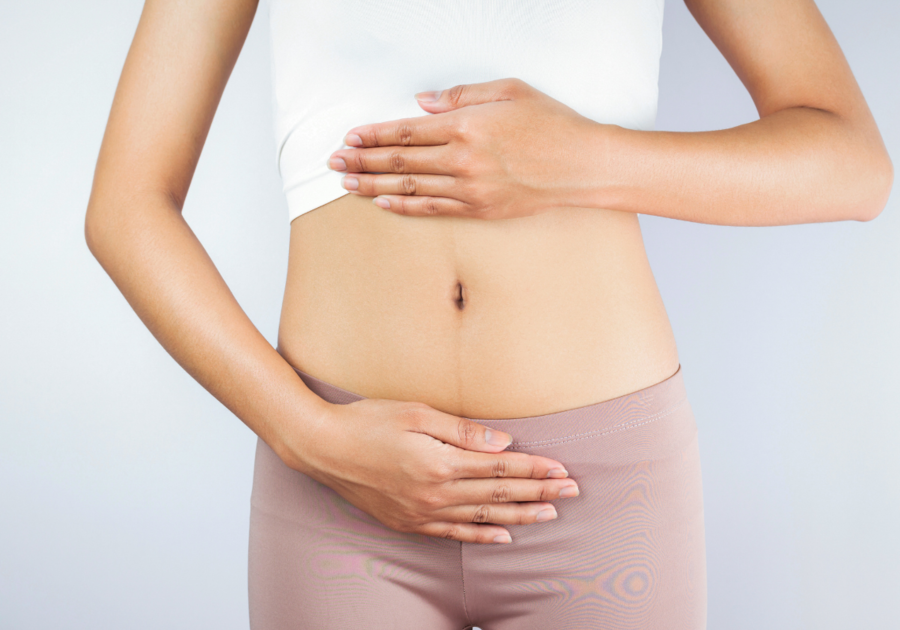Dr. Shikha Shah specializes in orthopedic and pelvic floor therapies and utilizes an innovative 3R method to address women's health: revive your mind-body connection, readapt your body to functional movement patterns, and rebuild your muscles and joints through strengthening and stabilization exercises. Dr. Shah sees patients in her private practice in Sleepy Hollow. She is a mom herself and is uniquely situated to be an understanding partner in preventative, corrective, and maintenance care. Macaroni KID is proud to collaborate with Dr. Shah on an article series with a focus on women's health.
You've likely heard of Kegel exercises – the pelvic floor muscle contractions touted for bladder control and postpartum recovery. But did you know there's another side to the pelvic floor coin: reverse kegels?
This article dives into the world of your pelvic floor, explaining the roles of kegels and reverse kegels, and how they can benefit your overall well-being.
The Pelvic Floor: More Than Just "Down There"
Your pelvic floor is a hammock-like network of muscles that supports your bladder, uterus and bowel. Functional pelvic floor muscles contribute to:
Urinary and fecal control
Sexual health and pleasure
Core stability and posture
Pelvic organ prolapse prevention
Kegels: The All-Stars for Pelvic Floor training
Imagine your pelvic floor as a hammock supporting your bladder, uterus, and bowels. Kegels involve contracting these muscles, just like tightening your pelvic floor to stop midstream urination.
Benefits of Kegels:
Improved bladder control: Kegels strengthen the muscles that control urination, reducing incontinence and urgency.
Enhanced sexual function: Stronger pelvic floor muscles can lead to more pleasurable orgasms for both men and women.
Postpartum recovery: Kegels help to restore strength and tone to the pelvic floor after childbirth.
When Kegels Might Not Be Enough
While kegels are fantastic, sometimes a "tight" pelvic floor can be counterproductive. This can lead to:
Painful intercourse
Urinary urgency or frequency
Pelvic floor dysfunction: Back pain, Heaviness in pelvis, Hip pain, Tail bone pain
Enter Reverse Kegel: The Relaxation Revolution
Unlike kegels which focus on contraction, reverse kegels involve relaxing the pelvic floor muscles. Imagine gently letting go of any tension in the area by breathing into your pelvic floor. "Connection is the KEY"
Benefits of Reverse Kegels:
- Reduced pelvic pain: Relaxation helps ease discomfort associated with tight pelvic floor muscles.
- Improved bladder function: By releasing tension, reverse kegels can sometimes alleviate urinary urgency or frequency caused by a hypertonic pelvic floor.
- Enhanced sexual function: Relaxation can improve blood flow and sensation during sex.
Who Can Benefit from Reverse Kegels?
Women experiencing:
- Painful intercourse
- Vaginismus (involuntary muscle contractions)
- Lower back/Pelvic pain conditions
- Constipation/ Bloating
- Urinary urgency
Finding Your Pelvic Floor Balance
The key is understanding when to use kegels and when reverse kegels are more appropriate. A pelvic floor physical therapist can assess your specific needs and create a personalized exercise program incorporating both kegels and reverse kegels for optimal results.
Ready to Unlock Your Pelvic Floor's Full Potential?
Dr. Shikha Shah specializes in helping individuals achieve optimal pelvic floor health. She offers comprehensive evaluations and personalized treatment plans that may include kegels, reverse kegels, and other breathing and posture techniques to address your unique concerns.
Contact Dr. Shikha Shah today for a consultation and take charge of your pelvic health!



